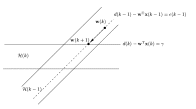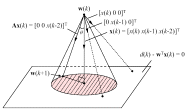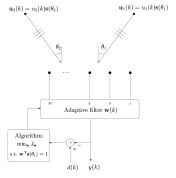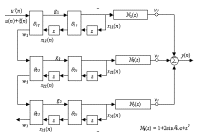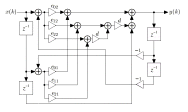SIGNAL PROCESSING IN TELECOMMUNICATIONS RESEARCH GROUP
Research ProjectsGo to:Data Selective Adaptive Filtering AlgorithmsAnalysis of Partial-Update Adaptive Filters Linearly Constrained Adaptive Filters Adaptive Multiple-Notch Filters Synchronization in Communication Systems Joint Transmit and Receive Filter Design for Wireline Channels Adaptive Estimation and Equalization of Nonlinearities Data Selective Adaptive Filtering AlgorithmsAnalysis of Partial-Update Adaptive FiltersLinearly Constrained Adaptive FiltersAdaptive Multiple-Notch FiltersSynchronization in Communication SystemsJoint Transmit and Receive Filter DesignAdaptive Estimation and Equalization of Nonlinearities |
